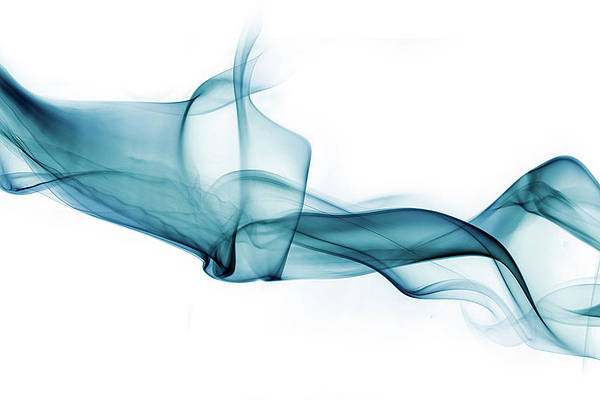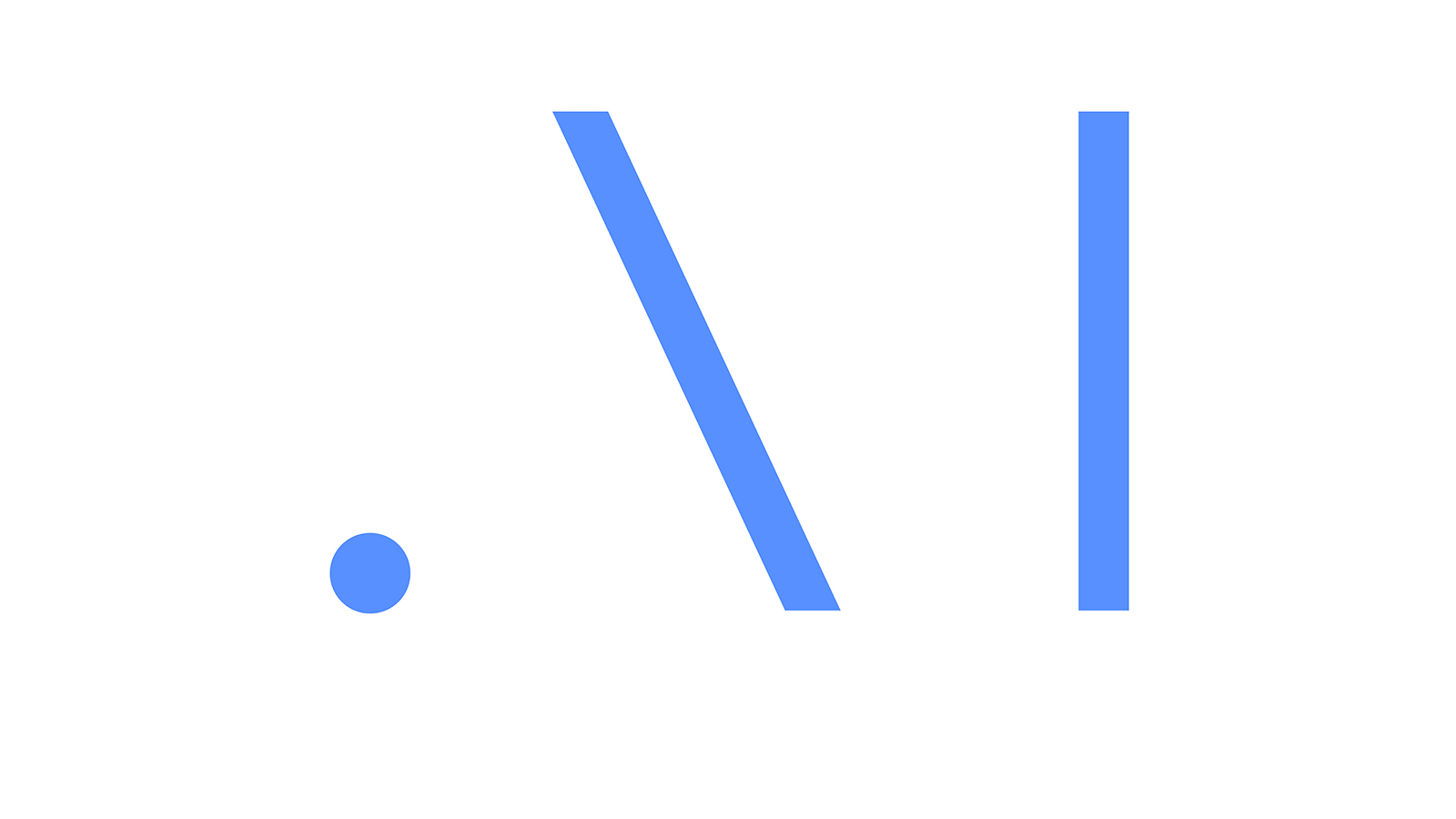Overview
- Facebook AI and NYU Health Predictive Unit have developed machine learning models that can help doctors predict how a patient’s condition may develop to ensure they have sufficient resources to care for patients.
- The research has lead to the development of 3 models
- The models trained have been open-sourced to help hospitals with limited resources.
Introduction
In 2020, we saw the global pandemic and the rapid destruction it had caused. Now in 2021, we have been able to cope to some extent, but the task of evaluating the risk of deterioration for effective clinical decision making and resource allocation is difficult especially with limited resources.
The use of traditional machine learning and deep learning methods has widely been utilized by many hospitals but the collection of large, labeled, training sets is expensive, and can only be accomplished by well-funded research organizations. The availability of such data is essential to facilitate new research into machine learning methods for improving image-based diagnosis.
However, these datasets do not capture data from emerging diseases, such as COVID-19. At this time, most hospital centers have not collected enough COVID-19 patient data at the scale required to train deep learning representations. Technological and privacy considerations have also prevented data sharing between many research centers.
The team at Facebook and NYU have applied self-supervised methods that are able to achieve results as good as supervised learning methods but independent of labels. The team has trained the models on 2 two large, public chest X-ray datasets, MIMIC-CXR-JPG and CheXpert, and then use the pre-trained model for the task of predicting COVID-19 patient outcomes. Then the model was fine-tuned using the Momentum Contrast (MoCo) method, which is a self-supervised learning technique using an extended version of the NYU COVID-19 data set.
They have proposed 3 models:-
- A model for predicting patient deterioration based on a single X-ray, i.e, adverse event prediction from single images
- A model for predicting patient deterioration based on a sequence of X-rays,i.e, adverse event prediction from multiple images
- A model for predicting how much supplemental oxygen a patient might need based on a single X-ray, i.e, oxygen requirements prediction from single images
The single-image prediction models were not able to match human experts but have still opened up new possibilities for research. The model based on a sequence of X-rays as seen in the above image using MoCo and Transformers can predict up to four days (96 hours) in advance if a patient may need more intensive care solutions, generally outperforming predictions by human experts. This model is one of the first techniques that can predict whether a patient will need oxygen resources while also accounting for the evolution of COVID infections over time.
Our take on this
Developing artificial intelligence methods as well as acquiring large datasets is difficult or impossible for most medical centers. The team at Facebook and NYU have taken a step forward in the right direction to tackle COVID-19. By open-sourcing their pre-trained models, hospitals, and the rest of the community can train deep learning models from scratch on their own unique covid-19 data sets without having to worry about large computation.
With the recent breakthroughs in Machine Learning and Deep Learning, we may be able to overcome pandemics like COVID-19 at a much faster pace than ever before.






